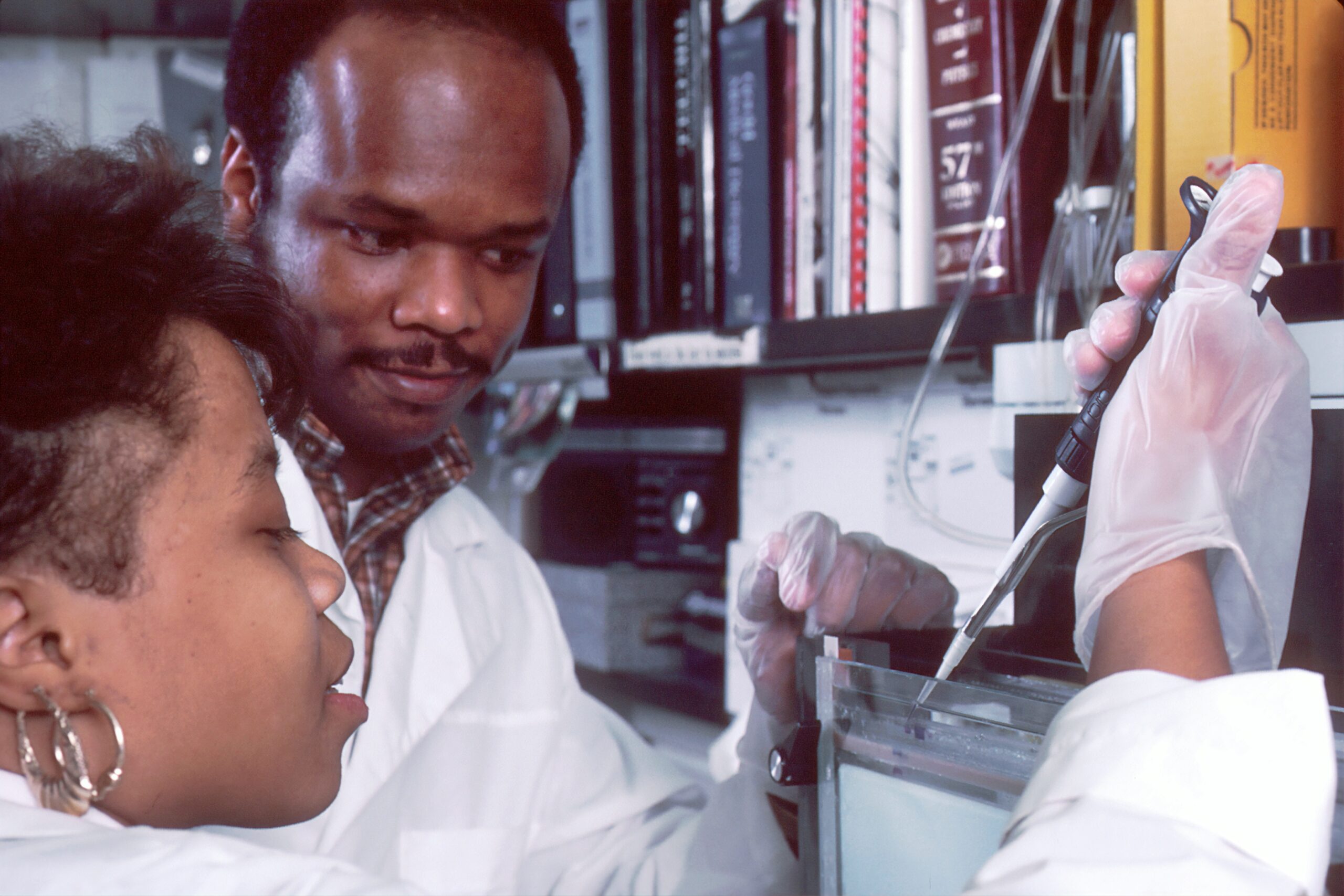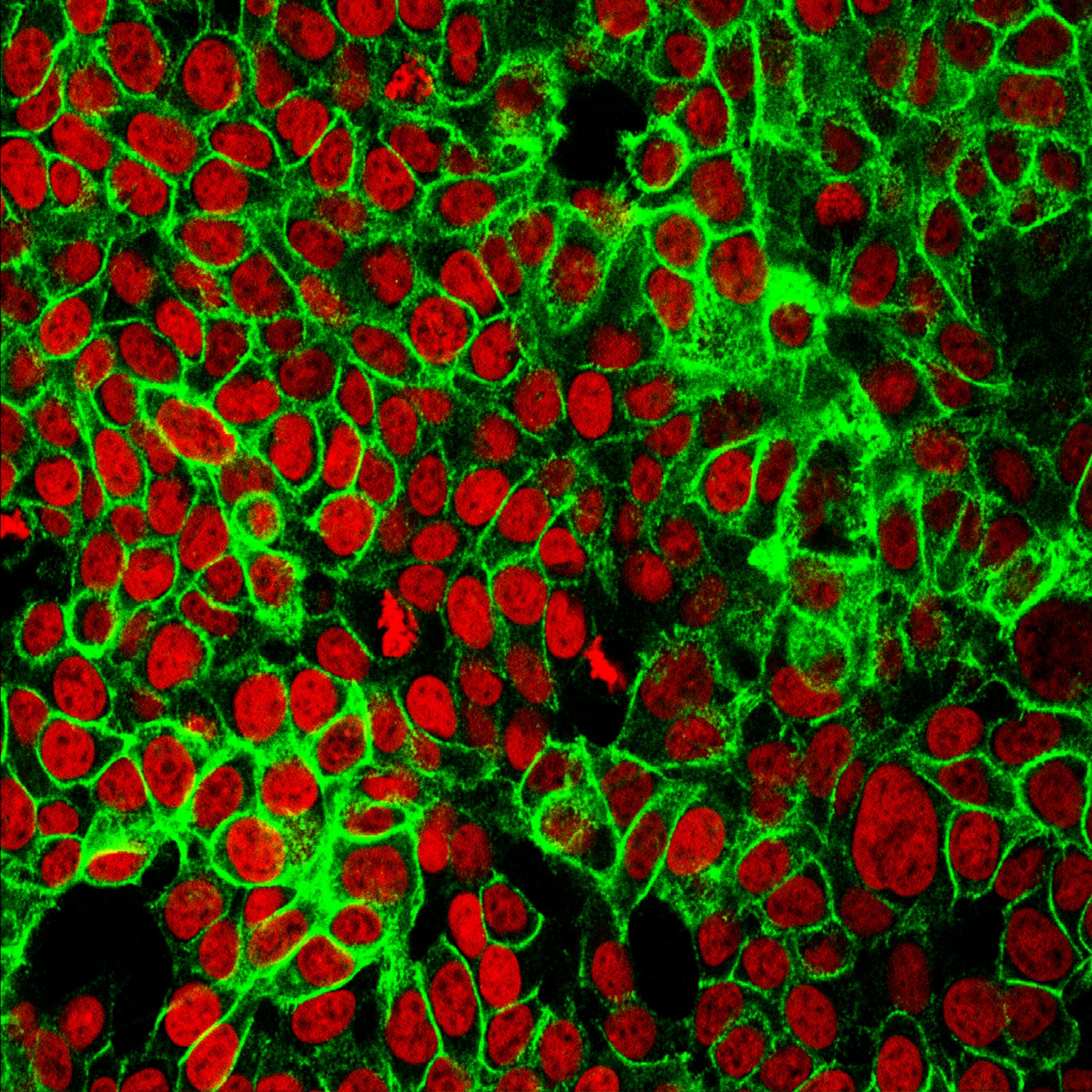Sure, we understand that understanding the position of the prostate gland might seem a bit confusing at first. So, here's a quick rundown: the prostate gland is a small, walnut-sized organ located in the pelvis, just below the bladder and in front of the rectum. Its position allows it to surround the upper part of the urethra, the tube that carries urine from the bladder out of the body. Now that you have a general idea of where it is situated, let's dive deeper into the importance and functions of this vital gland.
Understanding the Prostate Gland
The prostate gland is an important part of the male reproductive system. It is a small gland that is located just below the bladder and in front of the rectum. The prostate gland plays a crucial role in male fertility by producing seminal fluid, which nourishes and transports sperm. Understanding the position, function, and structure of the prostate gland is essential for maintaining good prostate health.
Definition of the Prostate Gland
The prostate gland is a walnut-sized gland found only in men. It is a muscular gland that surrounds the urethra, the tube that carries urine from the bladder out of the body. The main function of the prostate gland is to produce and secrete a fluid that forms part of the seminal fluid. This fluid helps in the nourishment and transport of sperm during ejaculation.

The Function of the Prostate Gland
The prostate gland has a vital role in the male reproductive system. Its primary function is to produce and release a thin, milky fluid that makes up a significant portion of semen. This fluid contains substances that nourish and protect sperm, helping them survive and fertilize an egg. Additionally, the prostate gland also contributes to the expulsion of semen during ejaculation by contracting its muscles.
The Location of the Prostate Gland
Prostate Gland in Relation to the Bladder
The prostate gland is situated just below the bladder. Its position is such that it surrounds the urethra, which is the tube responsible for carrying urine from the bladder to the outside of the body. This close proximity to the bladder makes the functions of the prostate gland closely interconnected with urinary functions. Any changes or issues with the prostate gland can potentially affect urinary flow and cause problems such as frequent urination or difficulty in starting and stopping urine flow.
Prostate Gland in Relation to the Rectum
In terms of anatomical location, the prostate gland lies in front of the rectum. This means that it can be felt through the rectal wall during certain medical examinations such as a digital rectal examination (DRE). This accessibility allows healthcare providers to assess the size and texture of the prostate gland and check for any abnormalities or signs of disease.

The Relative Position of the Prostate Gland
Position of the Prostate Gland in the Pelvic Region
The prostate gland is nestled within the pelvic region, specifically between the bladder and the rectum. Its position is crucial for its role in both urinary and reproductive functions. The proximity of the prostate gland to these organs allows it to fulfill its functions efficiently. However, this also means that any changes or issues with the prostate gland can potentially affect both urinary and reproductive health.
Proximity of the Prostate Gland to Seminal Vesicles
The prostate gland is located in close proximity to the seminal vesicles, which are two small glands that contribute to the production of semen. These seminal vesicles are positioned behind the prostate gland, and together they play a significant role in producing the fluid that nourishes and transports sperm. The close proximity between the prostate gland and the seminal vesicles allows for effective coordination and optimal functioning of the male reproductive system.
Size and Shape of the Prostate Gland
Prostate Size at Various Life Stages
The size of the prostate gland tends to vary throughout a man's life. During infancy and childhood, the prostate gland is quite small and remains dormant. However, during puberty, the prostate undergoes rapid growth under the influence of hormones. By the time a man reaches adulthood, the prostate gland typically reaches its normal size. It remains relatively stable until middle age when it may undergo further changes such as enlargement.
Walnut-Sized Shape Description
The shape of the prostate gland is often described as similar to that of a walnut or a chestnut. It is a small, rounded gland with several lobes or sections. The size and shape of the prostate gland play an important role in its functioning and its susceptibility to various health conditions. Since the prostate gland surrounds the urethra, any enlargement or changes in shape can put pressure on the urethra and lead to urinary symptoms.

The Internal Structure of the Prostate Gland
Zones within the Prostate Gland
The prostate gland is composed of several distinct zones, each with different cellular structures and functions. These zones include the peripheral zone, central zone, transitional zone, and the anterior fibromuscular zone. Each zone has a different role in the overall function of the prostate gland and may be more susceptible to specific diseases or conditions. The understanding of these zones helps in the diagnosis and management of prostate-related health issues.
Ducts and Tubes in the Prostate
The prostate gland is equipped with a complex network of ducts and tubes that allow the passage and secretion of fluids. These ducts and tubes play a crucial role in the transportation of prostate secretions and the release of seminal fluid during ejaculation. Understanding the intricate structure of these ducts and tubes helps in identifying and treating any blockages or abnormalities that may affect the normal functioning of the prostate gland.
Anatomical Variations in the Prostate Gland
Common Anatomical Differences in Men’s Prostate Glands
While the basic structure and function of the prostate gland are similar in all men, there can be significant anatomical variations from person to person. These variations may include differences in size, shape, and even the number of lobes present in the prostate gland. Anatomical differences can influence the susceptibility to certain prostate diseases, the effectiveness of medical procedures, and overall prostate health and function.
Influence of these Differences on General Health
The anatomical differences in the prostate gland can have an impact on a man's general health. For example, certain anatomical variations may increase the risk of developing prostate conditions such as benign prostatic hyperplasia (BPH) or prostate cancer. Understanding these differences can help healthcare providers tailor treatment plans and interventions to address individual needs and optimize overall prostate health.
The Prostate Gland and the Male Reproductive System
Role of the Prostate Gland in Male Fertilization
The prostate gland plays a crucial role in male fertilization. Its secretions form a significant portion of seminal fluid, which nourishes and protects sperm during their journey through the female reproductive tract. The substances produced by the prostate gland not only enhance sperm motility but also neutralize the acidity of the vaginal environment, increasing the chances of successful fertilization.
The Prostate Gland’s Production of Seminal Fluid
As mentioned earlier, the prostate gland produces seminal fluid, which is an integral part of semen. The secretions from the prostate gland contribute to the volume, consistency, and overall quality of semen. Without the prostate gland's production of seminal fluid, the journey of sperm through the female reproductive system would be much more challenging, reducing the chances of successful fertilization.
Age and the Prostate Gland
Changes to the Prostate with Age
The prostate gland undergoes changes as a man ages, and these changes can have significant implications for prostate health. One of the most common age-related changes is prostate enlargement, known as benign prostatic hyperplasia (BPH). This enlargement can lead to urinary symptoms such as increased frequency of urination, weak urine flow, or difficulty emptying the bladder completely. Regular monitoring and healthcare provider guidance are essential to manage age-related changes and minimize their impact on overall well-being.
How Prostate Gland Positioning May Shift Due to Aging
Aging can also cause changes in the positioning of the prostate gland. As the prostate gland naturally enlarges with age, it can put pressure on the bladder and urethra, altering their positions. This can result in urinary complications, such as bladder outlet obstruction, that may require medical intervention. Understanding how the prostate gland's positioning can shift with age allows healthcare providers to diagnose and manage age-related prostate conditions effectively.
Medical Procedures Involving the Prostate Gland
Digital Rectal Examination (DRE) to Feel the Prostate Gland
The digital rectal examination (DRE) is a common medical procedure used to evaluate the size, shape, and texture of the prostate gland. During a DRE, a healthcare provider inserts a gloved, lubricated finger into the rectum to feel the prostate gland through the rectal wall. This examination helps in the early detection of abnormalities, such as lumps or irregularities, that may indicate prostate conditions or diseases.
Prostate Massage and the Importance of its Location
Prostate massage is a therapeutic technique that involves gently massaging the prostate gland. It can be performed externally or internally, and its aim is to promote prostate health and relieve symptoms associated with certain prostate conditions. The location of the prostate gland is crucial for the effectiveness and safety of prostate massage. It is essential to perform this procedure under the guidance of a healthcare professional to ensure accurate positioning and minimize the risk of complications.
Health Conditions Related to the Prostate Gland
Common Prostate-Related Diseases
Several health conditions can affect the prostate gland, causing symptoms and potentially impacting overall well-being. Some of the common prostate-related diseases include benign prostatic hyperplasia (BPH), prostate cancer, prostatitis (inflammation of the prostate), and prostate infections. Understanding the relationship between these diseases and the prostate gland is vital for timely diagnosis, appropriate treatment, and optimal management of symptoms.
How Prostate Location Affects These Diseases
The location of the prostate gland plays a significant role in the development and progression of prostate-related diseases. For example, the proximity of the prostate gland to the bladder and urethra can lead to urinary symptoms when the gland enlarges due to BPH or when it obstructs the urinary flow. Similarly, the anatomical variations and position of the prostate gland can influence the accessibility of the gland for diagnostic procedures or surgical interventions. Understanding the relationship between prostate location and diseases help healthcare professionals provide tailored treatments and interventions to address specific conditions effectively.

